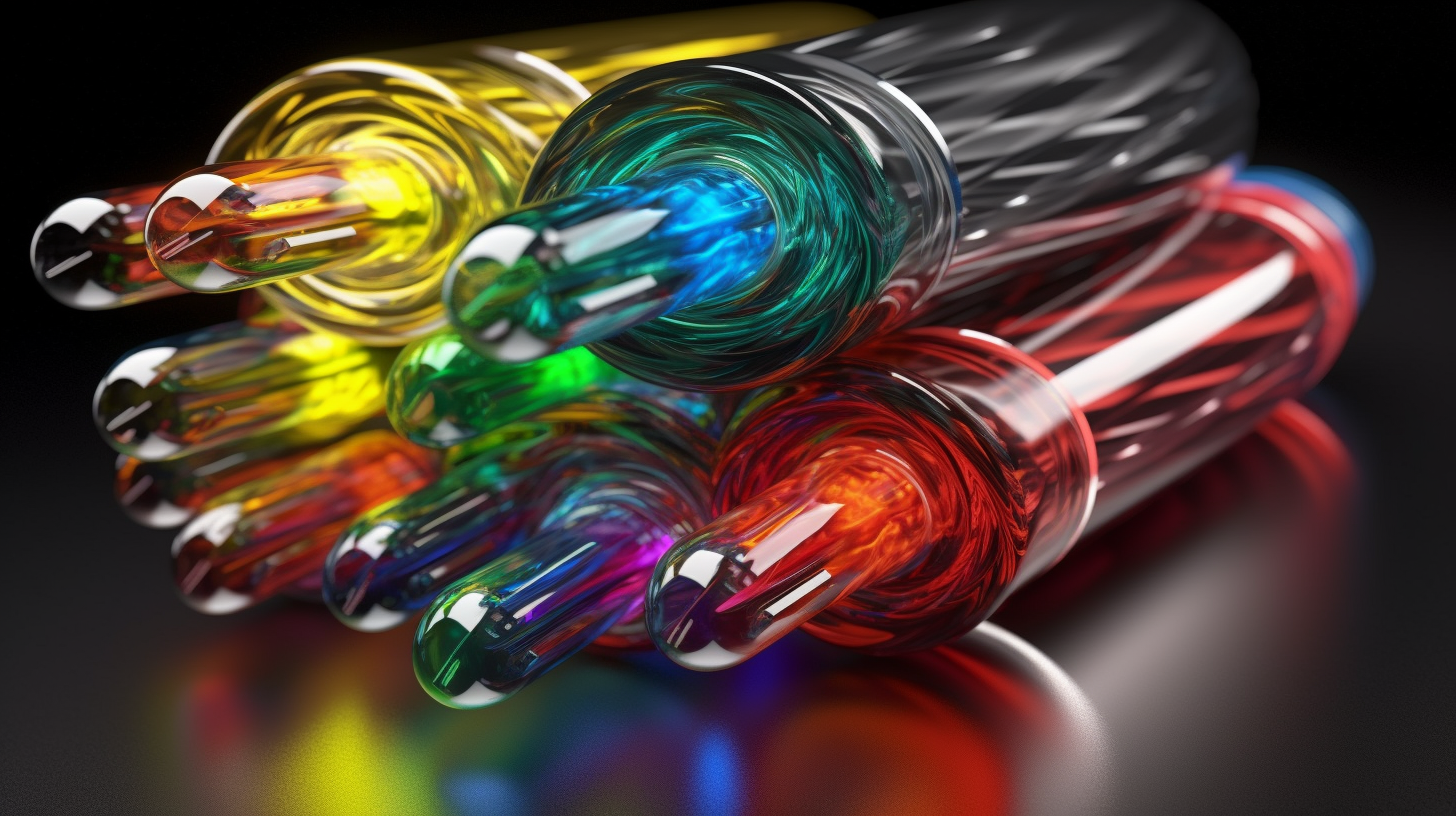Unraveling the Intricacies of Basic Cable Types: An insightful walk-through of their connectors, features, and purposes

Without any further ado, shall we plunge straight into the deep end of the pool? When venturing into the IT world, understanding the basic cable types and their connectors is as essential as learning the A, B, C's in preschool. Whether we're talking about coaxial cables, fiber optic cables, or Ethernet cables, each unique species is part of a broader ecosystem of network connectivity that keeps our world spinning in the era of the Internet.
Coaxial Cables and Their Connectors
Let's kick things off with coaxial cables, fondly known as "coax". These bad boys are designed with a core conductor surrounded by an insulator, wrapped up in a conducting shield, and finally shellacked with a plastic cover for protection. That might sound like it’s all greek to you, but to put it simply: coaxial cables are like the chocolate eclairs of the tech world, layered to perfection. Coaxial cables are the go-to cables for cable television signals, and you'll also find them prancing around the radio frequency connections world.
The connectors for coax are primarily F-type or BNC types. These connectors carry the signals from the cable to the device. It's like a relay race where the cable is the initial sprinter and the connector is passing the baton to the device at the finish line.
Fiber Optic Cables and Their Connectors
The next stop on our tech tour de force is the world of fiber optic cables. The belle of the ball, these cables are the contemporary of data transfer technology, par excellence! With fiber optic cables, we're dealing with thin strands of pure glass that transmit data through pulses of light. These ethereal cables usher in a higher bandwidth and can transmit data over long distances without batting an eyelid.
For fiber optic cables, the common connectors include LC, SC, ST, and MT-RJ. A connector's job here is to snugly fit the cable into the device, ensuring that the pulses of light smoothly hop from the cable to the device.
Ethernet Cables and Their Connectors
Finally, we're going to rub elbows with Ethernet cables. These cables are the backbone of most wired networks. You can find Ethernet cables in numerous variants—Cat 5, Cat 5e, Cat 6, Cat 6a, Cat 7, and Cat 8—each one boasts its own performance levels and speed limits.
You'll most frequently encounter the ubiquitous RJ45 connector when you deal with Ethernet cables. This little guy makes sure that the data packages sent through the wire land safe and sound on the device at the other end.
Shall we now shift gears and delve into some facts and figures?
The Statistics of Cable Use
Coaxial cables are essentially a staple in the landscape of US households. An impressive 90% of US households subscribe to some form of cable television service. The fiber-optic cable market is beginning to make strides around the globe. The Global Newswire anticipates its growth from $3 billion in 2019 to an astounding $7 billion by 2027.
Ethernet cables, as the workhorses of the wired networking world, refuse to be outdone. As reported by Business Wire, the Ethernet cable market, boosted by the rise of smart homes and the need for higher speed and security, anticipates a robust growth of 10.3% CAGR, aiming to reach $12.88 billion by 2026.
As much as we'd like to offer you a leisurely stroll through more cable gardens, our word count dictates that we've reached the end of our tech talk today. The next time you examine a cable or a connector, remember the inherent complexities within these seemingly simple components. From coaxial to Ethernet, these cables are the lifelines powering our connected world. Now, armed with your newfound knowledge, you're well-prepared to tackle CompTIA A+ Core 1 (220-1101) exam's questions about cables and connectors head-on!